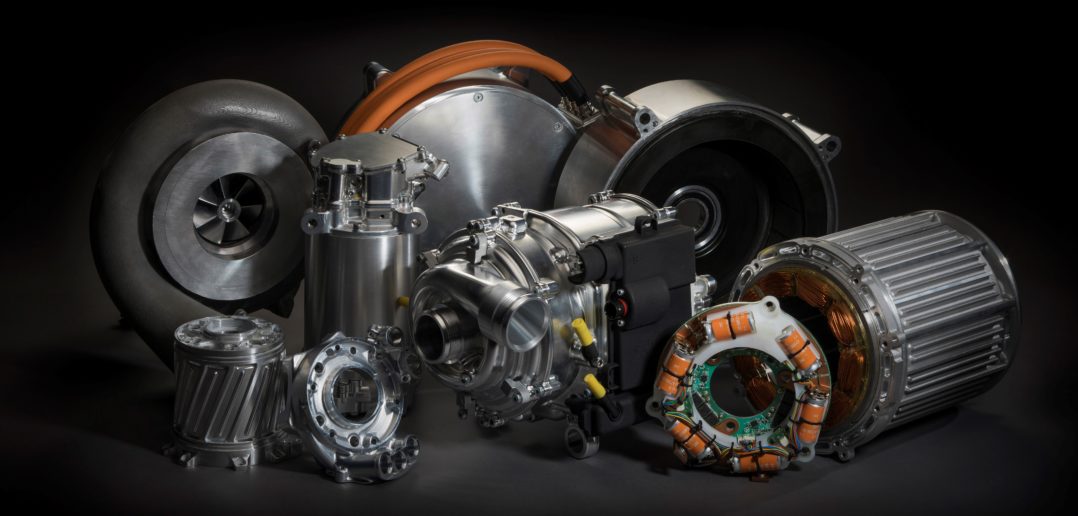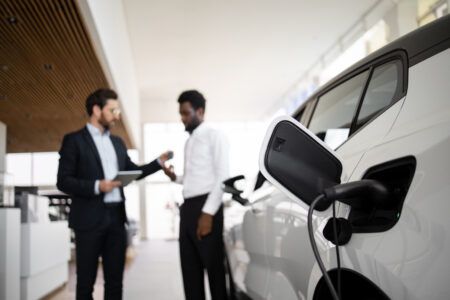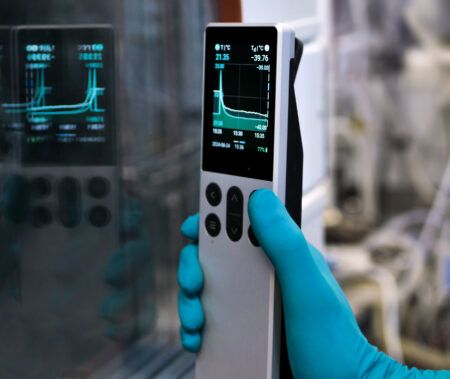Electrification and autonomous vehicles have been dominating the automotive news for the past few years, and this trend is to become more pronounced as regulatory and industry challenges are confronted.
Over the last decade, the European agenda has become increasingly dominated by continued pressure on controlled emissions alongside really substantial CO2 reductions. These are measured on legislated cycles and driven by an extremely aggressive taxation regime. Up to now this has been reflected across other key markets but with a few years difference in where they are in the process.
This has driven engine trends such as dieselization with increased aftertreatment requirements. For gasoline, it has driven turbocharging and downsizing. It has also driven multispeed auto transmission technologies and a degree of electrification.
However, more recently it has become clear that, in a massively competitive sector like automotive, things that don’t add value to the customer or are not legislated, don’t exist. So, as it comes to light that controlled emissions in urban centers are not going down in line with legislated values, off-cycle emissions, or so-called RDE, is becoming a major focus. This is a bit of a game changer and only now are we starting to understand what it means.

A few years ago, I would have expected the pace of change to be much lower than forecast – as often seems to be the case with change. I guess agents of change are served by aggressive projections whereas industry inertia generally opposes this!
In Europe though, the RDE and diesel situation really may change this. If the bad press around diesel continues, customers will be concerned, for example, that they may be banned from key urban centers and that this could even be done locally by mayors much more quickly than by a central government-type approach.
Some OEMs are already saying they are now developing their final IC engine family and, given this sort of backdrop, it is a brave OEM that would now engineer a new diesel range. So even the fear itself may drive the same result: fewer diesels.
If diesel take-up does fall substantially, this leaves a big hole in OEM CO2 strategy. The clear way to address this is to increase PHEV and BEV take-up, and momentum seems to be building in this direction.
For the USA, the situation could be radically different. There is no real pressure on diesel in the US passenger car segment and the journey profiles are less amenable. Also, the current legislative mood music is not as supportive of EV.
For China, there will clearly be a more centrally driven approach but there is a good strategic fit for them to move in this direction.
Ultimately OEMs have to persuade people to buy their offerings, by making great products and dealing with concerns such as range anxiety, charging infrastructure, battery life and so on.

Systems evolution over the next decade
Computational power and the performance of electronic components have improved massively and premium motorsport activity has played a substantial part in accelerating development of mechanical, thermal and electromagnetic technologies to utilize these.
There is already a bow wave of exciting premium automotive products where pushing the limits of efficiency and power density directly improves the product and its attractiveness. I see that this will continue. Another market where ultimate performance is sought is aerospace, and e-drive activity in this area is really accelerating.
Inevitably, in high volume, material and process costs will be driven down over time but making the best use of material and integrating the drive effectively into the powertrain will be the general direction.
Integral e-Drive has a strong presence in the premium sectors with machines offering >98% efficiency and leadership in power density and rotational speed capability.
We have recently engineered a high-volume 48V automotive motor with integrated inverter and controls designed for production at over a half million units per year.
A key differentiator for us is that we can generally provide a much closer match to requirements than our competitors and this is driven by the use of scalable core technology.
Our target is to continue to develop our technology to enable us to offer a better match to our clients’ needs – enabling their products to be the best they can. The use of scalable core technology is a vital part of this, as is a built-in innovation and continuous improvement culture.
Submitted by: Luke Barker, technical director at Integral e-Drive





